
About This Quiz
Unless you've been living under a rock, you've probably heard of names like Clark Gable, Cary Grant, Humphrey Bogart and Fred Astaire-but do you know what these classic actors look like? See how many you can identify with this quiz.
The period from the 1930s through the mid-'50s is remembered as Hollywood's Golden Age. Why? Not only did the period produce iconic films like "Citizen Kane," "The Wizard of Oz" and "The Philadelphia Story," but the tightly controlled studio system allowed stars to maintain an air of glitz and glamour, without the paparazzi problem that plagues today's actors. Of course, there's also the fact that most people didn't yet have televisions, so entertainment options beyond a trip to the local movie theater were limited, resulting in huge box office takes week after week.
While theaters still draw in the crowds today, that Golden Age of Hollywood is long gone, and yet the actors of the period live on-for their work on the screen and in legend, in the images they leave behind and in the air of reverence that comes when fans utter their names.
Ready to try and put a face to some of classic Hollywood's most famous names? Take our quiz to try your luck!

Clark Gable spent the 1920s playing bit parts in films before becoming known as the King of Hollywood in the '30s. He starred in "Mutiny on the Bounty" in 1935 and picked up an Oscar for playing Peter Warne in "It Happened One Night," but his declaration that he doesn't give a d*** in the final scenes of "Gone with the Wind" is what lives on in movie legend.
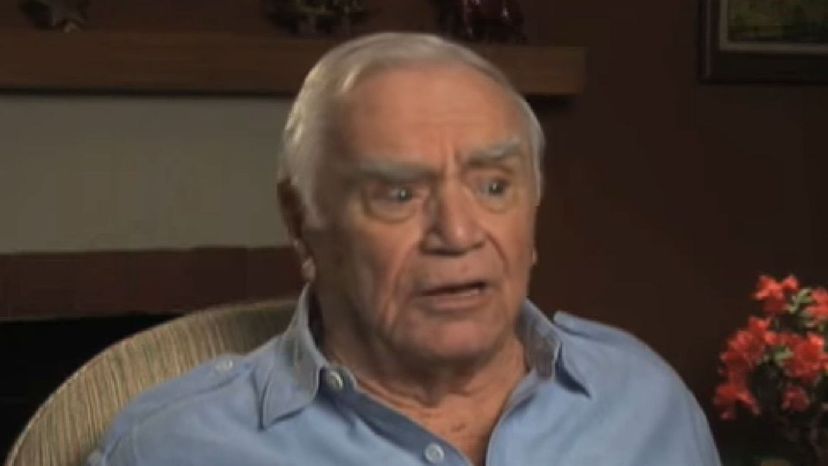
Ernest Borgnine had supporting roles in some big movies, including "From Here to Eternity" and "Vera Cruz," but it was the 1955 flick "Marty" that earned him the Academy Award for Best Oscar. In the '60s, he starred in "McHale's Navy," a silly series about a group of sailors stationed in the Pacific during WWII.

Henry Fonda was a Broadway star in the '30s before getting his big break in Hollywood with "The Grapes of Wrath" in 1940. He took a few years off from acting to serve in the Navy during WWII, then came back to star in classics like "12 Angry Men" and "On Golden Pond," which won him an Oscar.
Advertisement

Charlton Heston became a Hollywood icon playing the role of Moses in "The Ten Commandments" and the title character in "Ben-Hur," which nabbed him an Oscar for Best Actor. He lives on in pop culture for his role as George Taylor in "Planet of the Apes," where he is devastated to discover he was on Earth all along.

Orson Welles was a genuine radio star in the '30s, and many remember him for "War of the Worlds." Just a few years later, he directed and starred in "Citizen Kane," which regularly tops critics' list of the greatest films ever made.

Tony Curtis acted in more than 100 films in the '40s and '50s. He co-starred with Burt Lancaster in "The Sweet Smell of Success," picked up an Oscar nomination for his role in "The Defiant Ones" and made a splash playing three different characters in "Some Like It Hot."
Advertisement

Famous for a trio of romantic comedies co-starring Doris Day, as well as a turn as a man who causes the death of a doctor in "Magnificent Obsession," Rock Hudson was forced to hide his homosexuality from the public. He died of AIDS in 1985.

Walter Brennan lost all his teeth in a movie stunt, which was a blessing in disguise, as it allowed him to greatly change his appearance by removing his false teeth. He won three Oscars for Best Supporting Actor in 1936, 1938 and 1940.
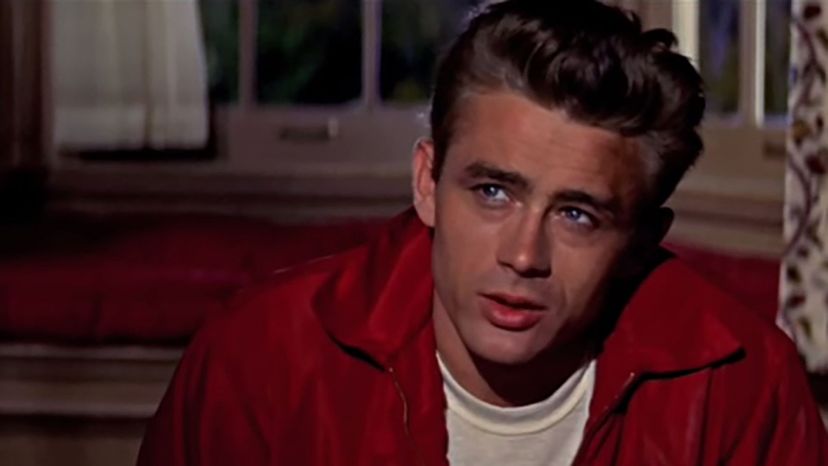
James Dean became a tragic hero when he crashed his Porsche Spyder near Salinas, California in 1955. His roles as an angry teen in "Rebel without a Cause" and "East of Eden," and a turn as a ranch hand in "Giant," have allowed his memory to live on long after his death.
Advertisement

Before he was Atticus Finch, Gregory Peck had a breakout role in the 1944 film "Days of Glory." Over the next four years, he picked up four Best Actor nominations at the Oscars, then co-starred with Audrey Hepburn in the 1953 flick "Roman Holiday."
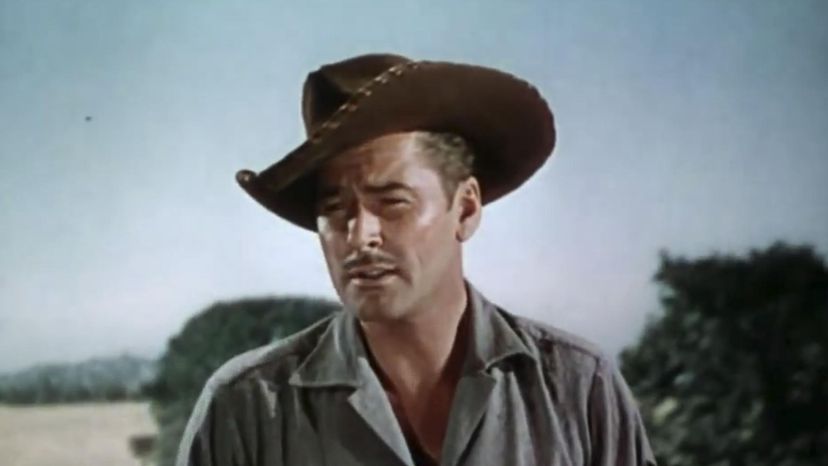
Aussie Errol Flynn got his first lead role in "Captain Blood" in 1935. He went on to make 12 movies with legendary actress Olivia de Havilland, including the 1938 version of "The Adventures of Robin Hood."

Spencer Tracy picked up nine Oscar nominations, winning the award twice-once in 1938 for "Captain Courageous" and again the next year for "Boys Town." He went on to make nine films with Katharine Hepburn, including "Look Who's Coming to Dinner," which was completed just before his death.
Advertisement

James Stewart was a Hollywood legend, from his unforgettable speech to Congress in "Mr. Smith Goes to Washington," to his turn as a reporter in "The Philadelphia Story," which won him an Academy Award. Modern movie fans are probably most familiar with Stewart for his starring role in "It's a Wonderful Life," when he saves Bedford Falls from the clutches of the mean Mr. Potter.

Paul Newman had such a long career that he was nominated for Academy Awards in five different decades. He finally picked up the prize for Best Actor in 1986 for "The Color of Money." Some of his earlier classics include "Cat on a Hot Tin Roof" and "Butch Cassidy and the Sundance Kid."

Mickey Rooney managed to star in more than 300 films-and marry eight times-after hitting it big as a teen movie star in the Andy Hardy movies. While his career faded by the '50s, he did play a questionable role as Mr. Yunioshi in "Breakfast at Tiffany's."
Advertisement

As if selling 150 million albums wasn't enough, Rat Pack icon Frank Sinatra also made his mark in Hollywood. He picked up an Oscar for Best Supporting Actor for the 1953 film "From Here to Eternity," and he also starred in three films with Gene Kelly.

Peter Lorre was a major star of stage and screen in his native Germany before moving to the U.S. He picked up small roles in "The Maltese Falcon" and "Arsenic and Lace;" He's also the guy who handed Humphrey Bogart those letters of transit before he was killed at the start of "Casablanca."

Burt Lancaster transitioned from Broadway roles in the early '40s to tough-guy roles in Hollywood films by the end of the decade. In 1953, he and Deborah Kerr made love on the beach in one of the most memorable scenes in film in "From Here to Eternity." A few years later, he won an Oscar for his work in "Elmer Gantry."
Advertisement
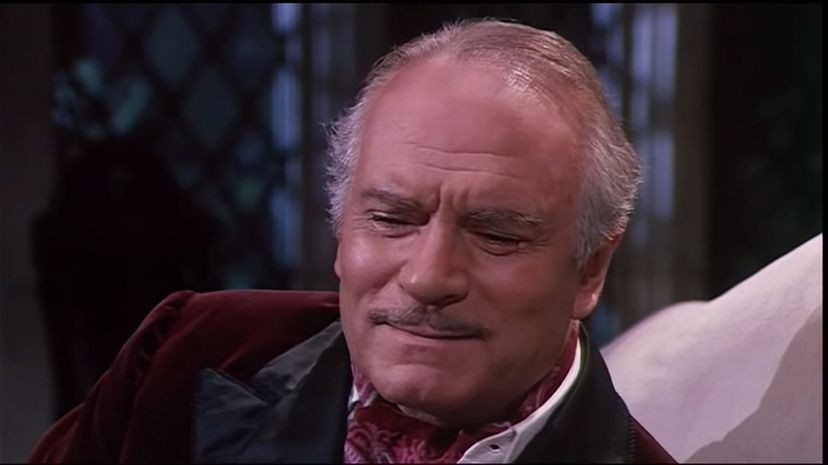
Laurence Olivier was a star on London's West End in the '20s and '30s before moving on to Hollywood. He starred in classics like "Wuthering Heights" and "Rebecca" before earning an Oscar for playing the lead in the 1948 theatrical adaptation of "Hamlet."

Roles in "High Sierra" and "The Maltese Falcon" made Humphrey Bogart a star at the start of the '40s. In 1942, he played expat cafe owner Rick in "Casablanca," then went on to star in "To Have and Have Not" with newcomer Lauren Bacall-whom he married and went on to make three more films with.

Gary Cooper had more than 80 leading roles during his long film career, which stretched from the '20s through the '60s. He won the Oscar for Best Actor twice: first in 1942 for "Sergeant York" and then in 1953 for "High Noon."
Advertisement

William Holden was a Hollywood star in the '50s and '60s. He played opposite Gloria Swanson in "Sunset Boulevard," won an Oscar for "Stalag 17" and went on to co-star in the 1954 film "Sabrina," where he entered into a a well-publicized affair with Audrey Hepburn.
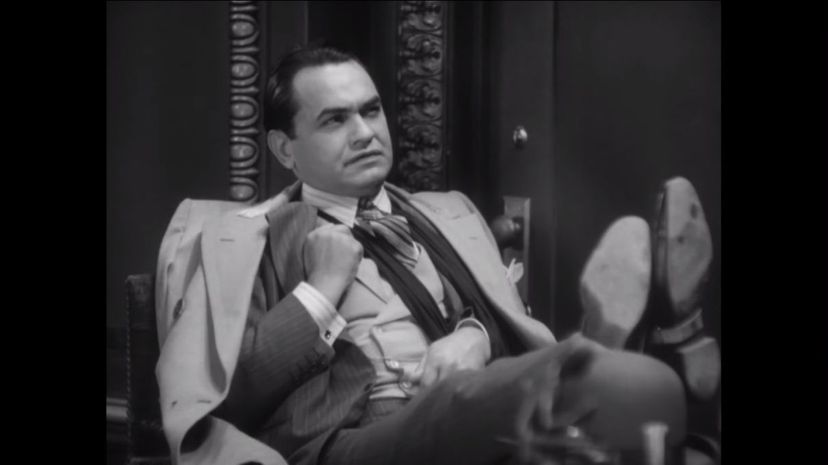
Edward G. Robinson acted in more than 100 films in his career, which began in the 1920s. His breakout role as a gangster in "Little Caesar" in 1931 helped to form the gangster image used in later cartoons and comics. You may recognize Robinson as Nazi hunter Mr. Wilson from "The Stranger," or as Johnny Rocco from "Key Largo."

Sidney Poitier broke color barriers as the first African-American to win a Best Actor Oscar for "Lilies of the Field" in 1963-just five years after a 1958 nomination for his work in "The Defiant Ones" made him the first African-American to receive an Oscar nomination.
Advertisement

Sean Connery built an acting career in the theater and on television in the '50s before hitting it big as Bond starting with "Dr. No" in 1962. He played the iconic spy in seven films between the early '60s and early '80s.

Lionel Barrymore won an Oscar for a turn in the 1931 film "A Free Soul" and also starred in a dozen Dr. Kildare films in the '30s and '40s, but you probably know him best as the villain Mr. Potter in "It's a Wonderful Life." His great niece, Drew Barrymore, has carried on the family acting legacy.
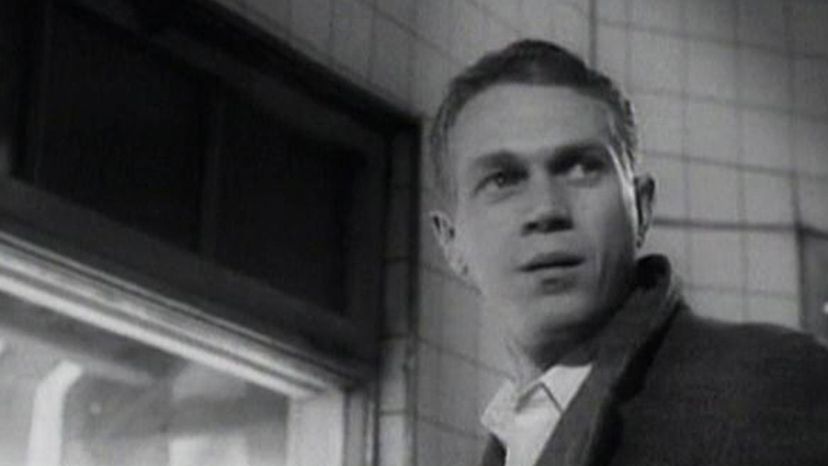
Steve McQueen relied on winnings from motorcycle races to fund a move to Hollywood in the '50s. He had a bit part in "Somebody Up There Likes Me," with Paul Newman in 1955, then spent three seasons as a rugged bounty hunter on "Wanted Dead or Alive."
Advertisement

Who knows if Archibald Leach would have been a star-but Cary Grant sure was. In addition to his role in "The Philadelphia Story," he made four Hitchcock films and earned two Oscars for Best Actor.

William Powell picked up three Oscar nominations for Best Actor, for "The Thin Man" in 1934, "My Man Godfrey" in 1936 and "Life with Father" in 1947. He went on to made five more "Thin Man" flicks and co-starred with Myrna Loy in a total of 14 pictures.

Born Marion Morrison, John Wayne made a series of B-movies in the '30s before getting his big break in the 1939 John Ford flick "Stagecoach." Thirty years later, he earned the Best Actor Oscar for his work on "True Grit." Of the 150-plus movies he acted in during his career, more than half were Westerns.
Advertisement

Kirk Douglas earned an Oscar nod for his portrayal of boxer Midge Kelly in "Champion." He starred in "Alexander the Great" and "The Devil's Disciples" in the '50s, and he made a total of seven films with Burt Lancaster.
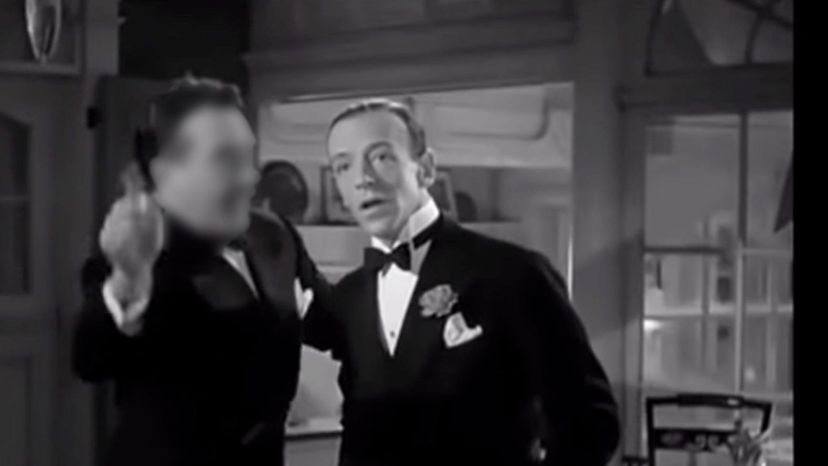
Fred Astaire perfected his singing and dancing skills in vaudeville and on Broadway before turning to Hollywood. He is best known for his performance to "Puttin' on the Ritz" in the 1946 film "Blue Skies," as well as his long-time partnership with actress and dancer Ginger Rogers.

Jack Lemmon got his start in the '50s with a role in "Some Like It Hot." He went on to win the Oscar for Best Supporting Actor in 1955 for "Mister Roberts," then won it again in 1973 for "Save the Tiger."
Advertisement

Gene Kelly is best remembered for his role in the 1952 musical "Singin' in the Rain," but it wasn't his only Hollywood hit. He also hit it big with "Anchors Away," a 1945 film in which Kelly danced with a cartoon mouse named Jerry.

Bing Crosby made his film debut in "The Big Broadcast" in 1932. His 1944 portrayal as Father O'Malley in "Going My Way" earned him the Oscar for Best Actor.
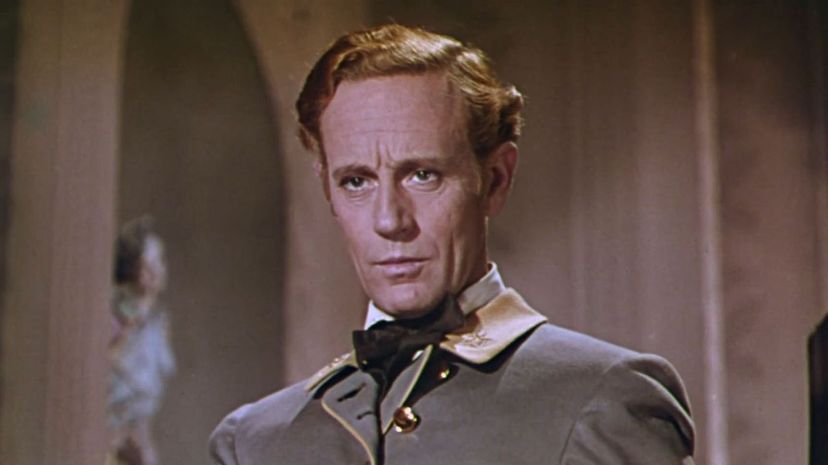
British actor Leslie Howard played the long-suffering Ashley Wilkes in "Gone with the Wind." He was also known for his roles in "The Petrified Forest" and "Pygmalion," the latter of which earned him an Oscar nomination.
Advertisement

James Cagney got pigeonholed as a gangster in the '30s thanks to films like "The Roaring Twenties" and "Angels with Dirty Faces." Despite all the tough-guy roles, it was playing Broadway mogul George M. Cohan in the 1942 musical "Yankee Doodle Dandy" that won him his first Best Actor Oscar.

Charles Laughton was a Broadway star before moving to Hollywood in the '30s. He played Captain Bligh in the much-celebrated 1935 film "Mutiny on the Bounty" and picked up an Oscar for his leading role in "The Private Life of Henry VIII."

Paul Muni was one of the top actors of the '30s. He played Tony Camonte, a Chicago gangster peddling illegal alcohol in the 1932 film "Scarface," and he won an Oscar starring in the 1936 flick "The Story of Louis Pasteur."
Advertisement
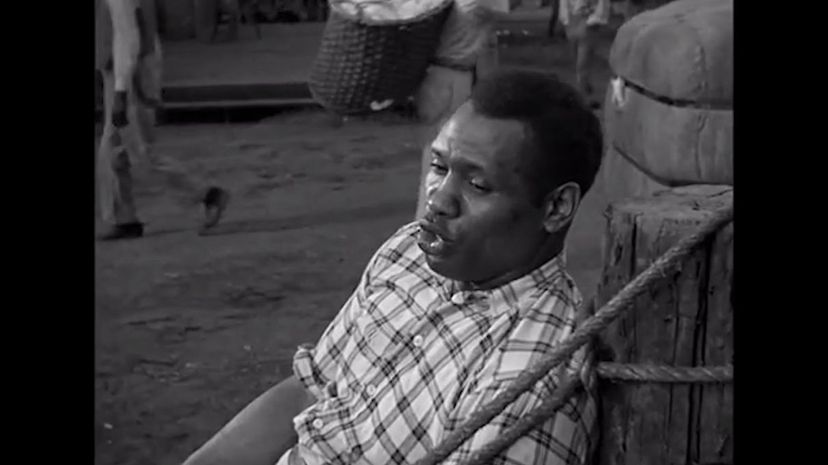
Paul Robeson shattered barriers, first as a football star at Rutgers, then by graduating from Columbia Law School. He went on to dominate the theater in both New York and London during the '20s and '30s, then became the first African-American actor to star in a mainstream film with the release of "The Emperor Jones" in 1933.